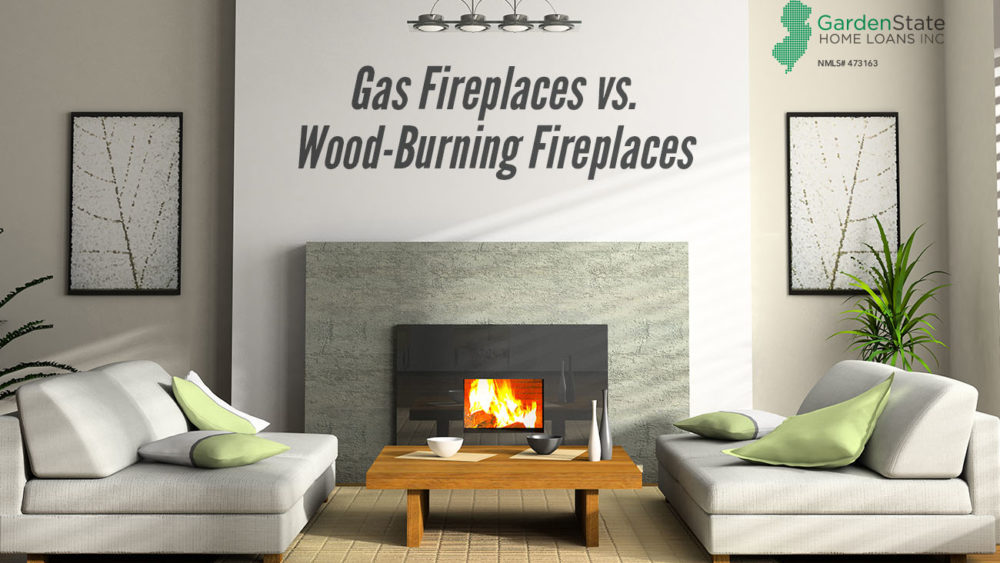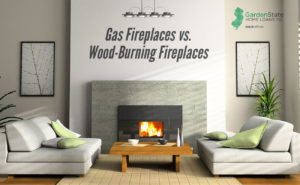The Differences Between Gas and Wood-Burning Fireplaces
There’s nothing better in the cold months of fall and winter than to warm up in front of a fireplace. There are two different types of fireplaces: gas and wood. When deciding what type of fireplace to install, there are several things to consider, the most important of which are the cost of installation and maintenance.
Price:
Gas units come as built-ins and inserts, each having their own price tag. Built-in gas units can cost up to $8,000 after installations. Built-ins most closely mirror a traditional wood-burning fireplace as they are installed into the structure of your home. Gas inserts are similar to traditional fireplaces as well. They cost up to $4000 after installation. However, gas fireplaces require the installation of or tapping into a home’s gas line. As such, you will incur additional expenses to your monthly gas bill on top of the purchase and installation price of a gas fireplace.
Wood-burning units typically come in free-standing wood stoves and built in wood fireplaces. For each option, you’ll need a functioning chimney for ventilation. A free-standing stove can be placed anywhere in a room. These units typically cost up to $5000. If you opt in for a built-in wood fireplace, you can expect to be paying up to $10,000. Built-ins are constructed from scratch, so the price of the unit includes various other costs, including labor costs, costs for constructing a chimney, and costs for gutting an old fireplace if you’re replacing it. Costs can also include the price for surrounding accents, such as bricks or tiles and the price of a mantel. However, wood fireplaces are cheaper throughout the life of the unit. Wood is cheap and sometimes free, making it a more cost-effective option.
Maintenance:
Gas fireplaces usually requires only small, do-it-yourself maintenance. Since direct-vented gas units don’t need a chimney, inspections and cleanings don’t need to be completed. However, you’ll have to make sure that your venting pipes aren’t clogged with dust or leaking gas. Checking your venting pipes ensures maximum safety and efficiency. You should also inspect the condition of the ceramic logs. The logs can accumulate dust and dirt, and may break. Use appropriate cleaning products to solve these issues. Finally, if your model uses a fan to spread heat, make sure to check on it. If the fan malfunctions, bring in a professional to fix it.
Wood fireplaces require a little more upkeep than a gas fireplace does. A wood fireplace’s catalytic combustor must be checked three times a year. This makes sure that it is breaking down fuel safely and efficiently. Depending on the outcome of the inspection, you may have to repair or clean the fireplace and chimney.



Comments are closed.